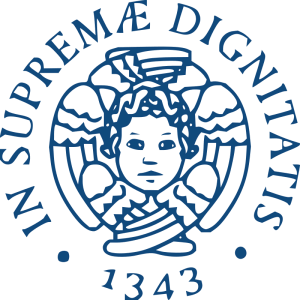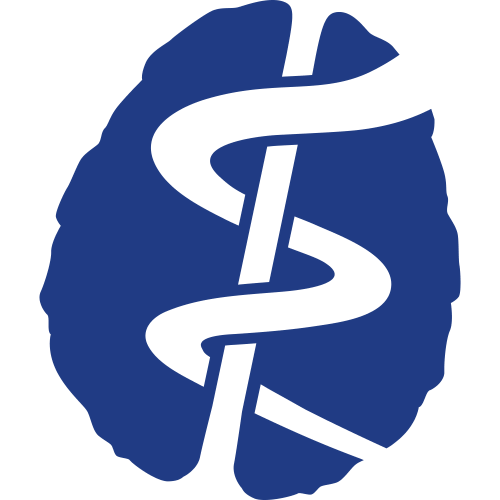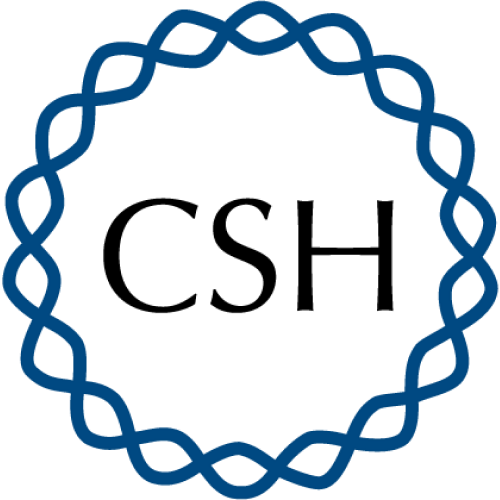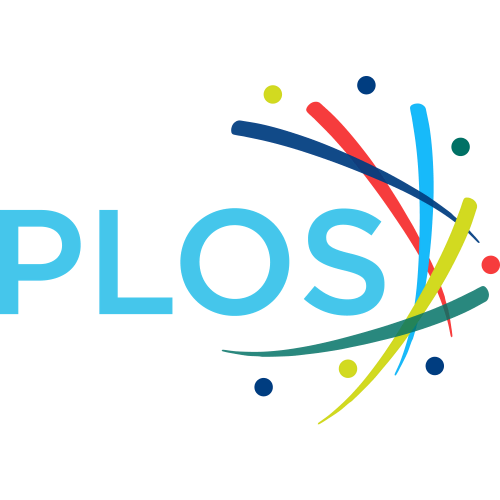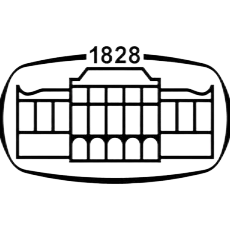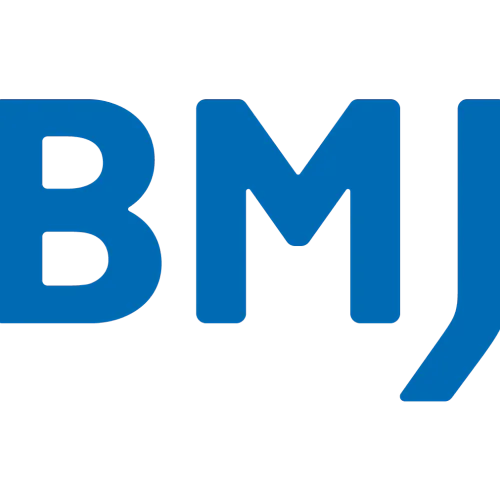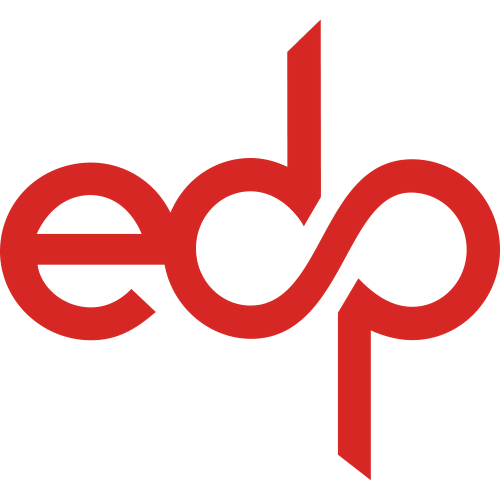Psychedelics promote plasticity by directly binding to BDNF receptor TrkB
Psychedelics produce fast and persistent antidepressant effects and induce neuroplasticity resembling the effects of clinically approved antidepressants. We recently reported that pharmacologically diverse antidepressants, including fluoxetine and ketamine, act by binding to TrkB, the receptor for BDNF. Here we show that lysergic acid diethylamide (LSD) and psilocin directly bind to TrkB with affinities 1,000-fold higher than those for other antidepressants, and that psychedelics and antidepressants bind to distinct but partially overlapping sites within the transmembrane domain of TrkB dimers. The effects of psychedelics on neurotrophic signaling, plasticity and antidepressant-like behavior in mice depend on TrkB binding and promotion of endogenous BDNF signaling but are independent of serotonin 2A receptor (5-HT2A) activation, whereas LSD-induced head twitching is dependent on 5-HT2A and independent of TrkB binding. Our data confirm TrkB as a common primary target for antidepressants and suggest that high-affinity TrkB positive allosteric modulators lacking 5-HT2A activity may retain the antidepressant potential of psychedelics without hallucinogenic effects.
Top-30
Journals
|
5
10
15
20
|
|
|
Molecular Psychiatry
20 publications, 5.93%
|
|
|
Progress in Neuro-Psychopharmacology and Biological Psychiatry
11 publications, 3.26%
|
|
|
British Journal of Pharmacology
8 publications, 2.37%
|
|
|
Journal of Psychopharmacology
7 publications, 2.08%
|
|
|
Neuroscience and Biobehavioral Reviews
7 publications, 2.08%
|
|
|
Neuropsychopharmacology
6 publications, 1.78%
|
|
|
Frontiers in Pharmacology
5 publications, 1.48%
|
|
|
Pharmacological Reports
5 publications, 1.48%
|
|
|
ACS Chemical Neuroscience
5 publications, 1.48%
|
|
|
Neuropharmacology
5 publications, 1.48%
|
|
|
ACS Pharmacology & Translational Science
4 publications, 1.19%
|
|
|
Journal of Affective Disorders
4 publications, 1.19%
|
|
|
Journal of Medicinal Chemistry
4 publications, 1.19%
|
|
|
Neuron
4 publications, 1.19%
|
|
|
Translational Psychiatry
4 publications, 1.19%
|
|
|
American Journal of Psychiatry
4 publications, 1.19%
|
|
|
European Neuropsychopharmacology
3 publications, 0.89%
|
|
|
Journal of Psychoactive Drugs
3 publications, 0.89%
|
|
|
Pharmaceuticals
3 publications, 0.89%
|
|
|
bioRxiv
3 publications, 0.89%
|
|
|
Psychoactives
3 publications, 0.89%
|
|
|
Nature Communications
3 publications, 0.89%
|
|
|
Molecular Neurobiology
3 publications, 0.89%
|
|
|
Brain Sciences
3 publications, 0.89%
|
|
|
Frontiers in Psychiatry
3 publications, 0.89%
|
|
|
International Journal of Molecular Sciences
3 publications, 0.89%
|
|
|
International Review of Neurobiology
3 publications, 0.89%
|
|
|
Scientific Reports
3 publications, 0.89%
|
|
|
Nature Neuroscience
3 publications, 0.89%
|
|
|
5
10
15
20
|
Publishers
|
10
20
30
40
50
60
70
80
90
|
|
|
Springer Nature
85 publications, 25.22%
|
|
|
Elsevier
85 publications, 25.22%
|
|
|
Cold Spring Harbor Laboratory
30 publications, 8.9%
|
|
|
MDPI
24 publications, 7.12%
|
|
|
Wiley
19 publications, 5.64%
|
|
|
American Chemical Society (ACS)
18 publications, 5.34%
|
|
|
Frontiers Media S.A.
14 publications, 4.15%
|
|
|
Taylor & Francis
12 publications, 3.56%
|
|
|
SAGE
10 publications, 2.97%
|
|
|
Ovid Technologies (Wolters Kluwer Health)
5 publications, 1.48%
|
|
|
American Psychiatric Association Publishing
4 publications, 1.19%
|
|
|
Public Library of Science (PLoS)
3 publications, 0.89%
|
|
|
Mary Ann Liebert
2 publications, 0.59%
|
|
|
Research Square Platform LLC
2 publications, 0.59%
|
|
|
Annual Reviews
2 publications, 0.59%
|
|
|
Oxford University Press
2 publications, 0.59%
|
|
|
Akademiai Kiado
2 publications, 0.59%
|
|
|
BMJ
2 publications, 0.59%
|
|
|
The Royal Society
2 publications, 0.59%
|
|
|
Royal Society of Chemistry (RSC)
2 publications, 0.59%
|
|
|
American Association for the Advancement of Science (AAAS)
2 publications, 0.59%
|
|
|
Society for Neuroscience
1 publication, 0.3%
|
|
|
American Society for Clinical Investigation
1 publication, 0.3%
|
|
|
Japanese Pharmacological Society
1 publication, 0.3%
|
|
|
Medknow
1 publication, 0.3%
|
|
|
Cambridge University Press
1 publication, 0.3%
|
|
|
Pleiades Publishing
1 publication, 0.3%
|
|
|
Science in China Press
1 publication, 0.3%
|
|
|
EDP Sciences
1 publication, 0.3%
|
|
|
10
20
30
40
50
60
70
80
90
|
- We do not take into account publications without a DOI.
- Statistics recalculated weekly.




